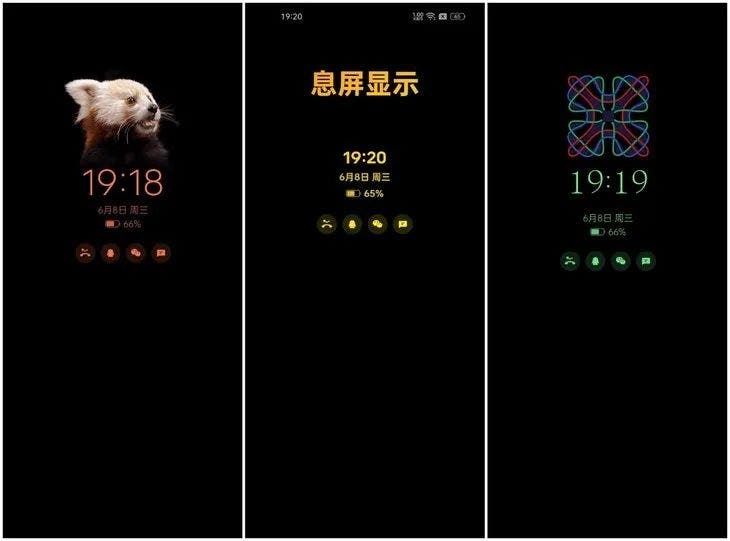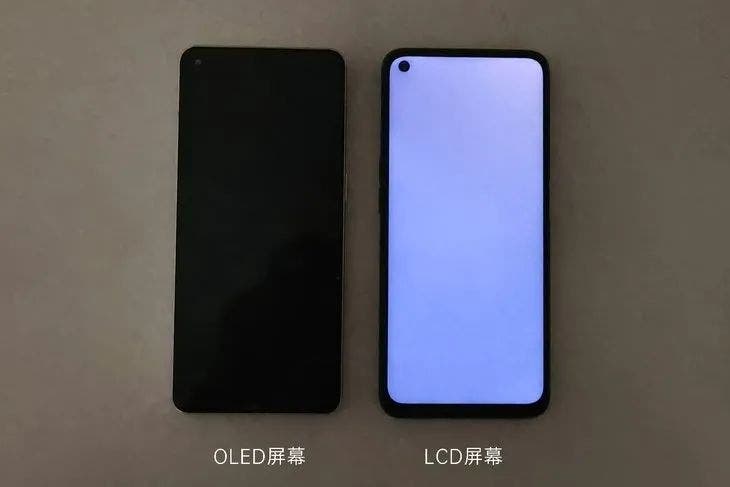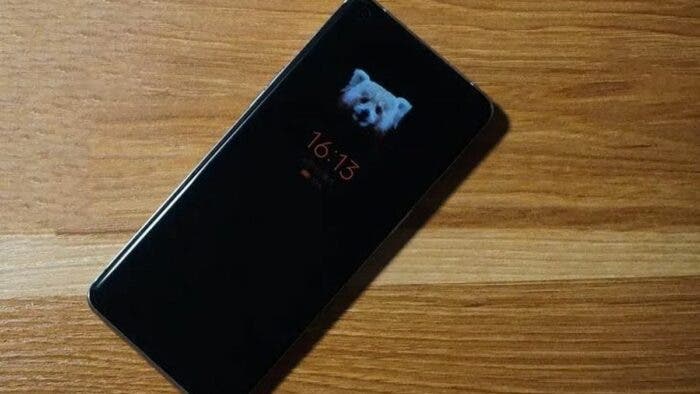Recently, there have been a lot of reports with respect to the upcoming Apple iPhone 14 series. One of the interesting news is that the iPhone 14 Pro series will support the always-on display function. The always-on display function has been on Android for a long time and even has various tricks. However, this feature has not been available for iPhones. How difficult is it to implement this function?

When did the always-on display application start?
As early as the era of feature phones, many mobile phones come with “flashing lights”. The “flashing lights” will flash to remind you of missed calls, text messages, or low battery. You can get this key information without turning on the screen. It is more convenient to use and regarded as the predecessor of the always-on display function.
The always-on display shows key information in part of the always-on screen, replacing the flashing light reminder function. In the early days of smartphones, the always-on display was not common, mainly because most mobile phones at that time used LCD screens. This type of display is not suitable for achieving the always-on display function.

Due to the backlight characteristics of LCD screens, even if only a small area of content is displayed, the entire screen still needs to be lit. Usually, we can easily feel the characteristics of this screen when watching movies on an LCD screen. Even in a pure black scene, the screen can only display a gray-gray effect. This is because the screen backlight is always on, and a pure black display cannot be achieved. This is the main reason why LCD screens are far less contrasty than OLED screens.
Due to this feature, it consumes more power which will obviously affect the battery life, and the practicability is not high.
OLED display brings a new dimension
The OLED and LCD screens display a comparison chart of pure black screens. The OLED screen supports pixel-level light emission, which can independently control whether a certain pixel emits light. For example, when displaying pure black, the OLED screen can turn off the pixels, which not only can display purer black, but also has a more power-saving effect.
The OLED screen can light up a small part of the screen, and it is always on to display practical information such as time and message reminders. Users can see key information without manual operation, which is more convenient to use. Only a small part of the screen is lit, effectively reducing the impact of the screen display on battery life. Thus, this feature takes into account and improves both convenience and battery life.
Old feature for mainstream Android smartphones
Mainstream Android smartphones generally support the always-on display function. In fact, most Android smartphones have a variety of built-in on-screen display styles to choose from. In addition to information such as notifications, time, date, power, etc., the screen display can also display interesting animal patterns, artistic-style patterns, personalized text, etc., and the gameplay is diverse.
Gizchina News of the week
Users can also customize the content on the screen, including adjusting the type of notifications to be displayed, built-in style colors, layouts, etc., with a very high degree of personalization. Some Android phones also support the direct use of album pictures as the display pattern on the screen. You can set any pattern you want, and the degree of personalization is very high.
Systems such as ColorOS even add a hand-drawn function to the screen display. Users can manually draw a screen pattern with individual characteristics and directly display their own hand-drawn works. The off-screen display can indeed bring a more convenient information acquisition experience.
However, despite being the blessing of the OLED screen characteristics, the always-on off-screen display will still consume a lot of power. This will affect the battery life of the mobile phone to a certain extent.
Nevertheless, the always-on display function of Android phones is usually not always on by default. It will only be active when you gently move the phone or touch the screen to minimize the impact of the screen display on battery life. Of course, you can also turn on the all-day screen display or timing display. Some mobile phones with LTPO screens will also use the feature of the screen to intelligently adjust the refresh rate. This helps to save power consumption.
What’s different about the iPhone’s always-on display function?
We can see that it is not so difficult to use the always-on display function. As long as an Android smartphone comes with an OLED display, it probably supports an always-on display function.
The iPhone X released in 2017 uses an OLED screen, and the iPhone 12 series has fully switched to an OLED screen. The screen already has such conditions. If the iPhone wants to realize the always-on display function, there will be no major technical problems. However, as of now, no iPhone supports this feature.
Recent reports claim that the iPhone 14 Pro series will support the always-on display function. Also, with an upgraded version of the LTPO screen, it will also support a minimum refresh rate of 1Hz. When the always-on display function is active, it can reduce the refresh rate to 1Hz. This can effectively save power, reduce the impact on battery life, and bring a better screen display experience.
Why always-on display is important for Apple
At the Apple WWDC22 developer conference, Apple released iOS 16 with a redesigned lock screen interface. In addition to the major changes in the interface style, widgets such as weather and battery have been added. Users can customize their own lock screen interface. The lock screen interface can now also display information such as event notifications, which is more functional. The always-on display function may directly apply to the lock screen interface. With the new lock screen feature, Apple will want to optimize its battery.
The always-on display function is not only convenient but also helps the battery life of the device. Previous report reveals that some code framework evidence related to AOD (always-on display) was found in the iOS 16 developer beta. This further proves that the iPhone 14 Pro series may support the always-on display function.





